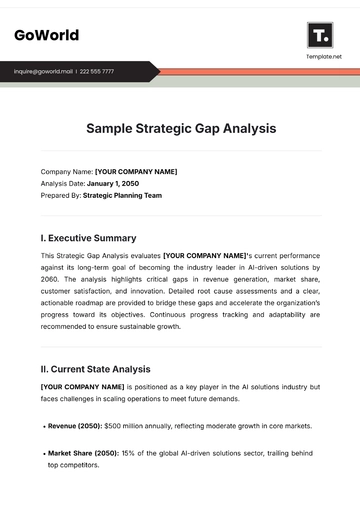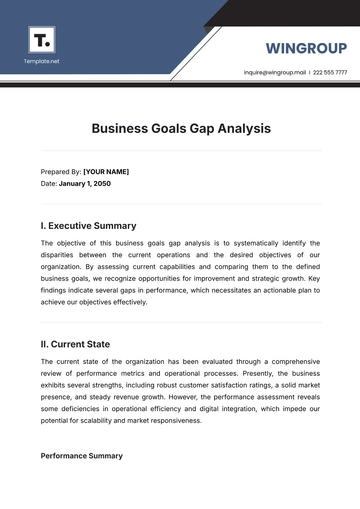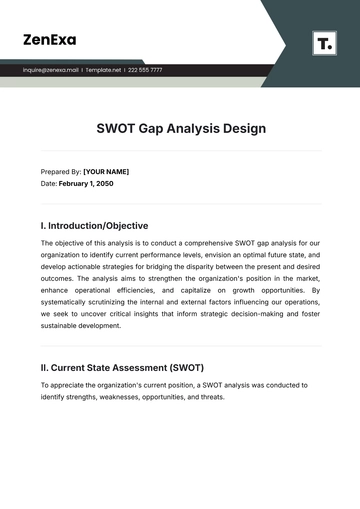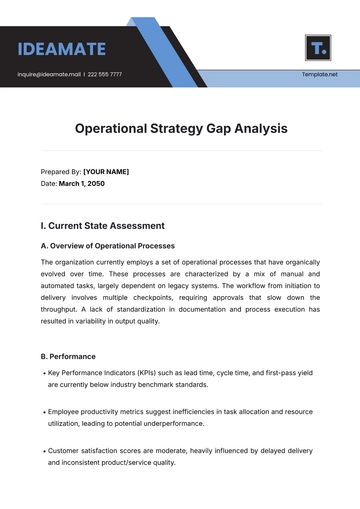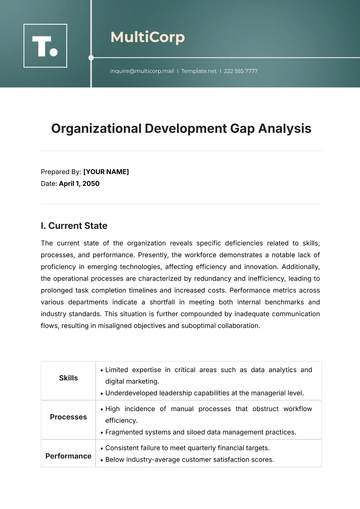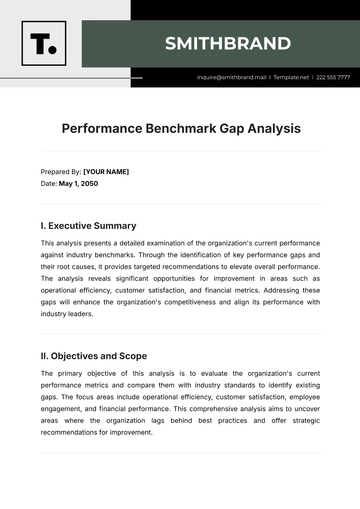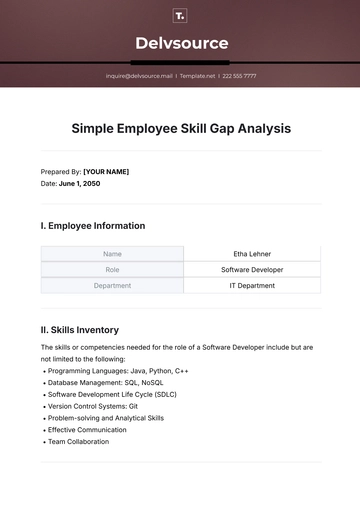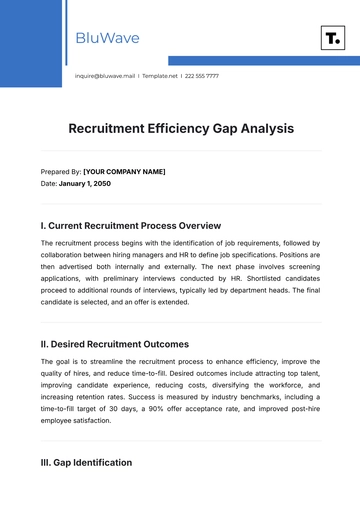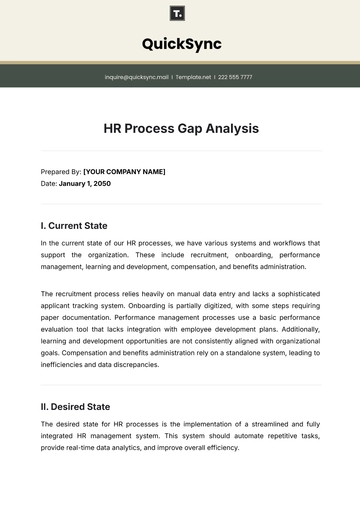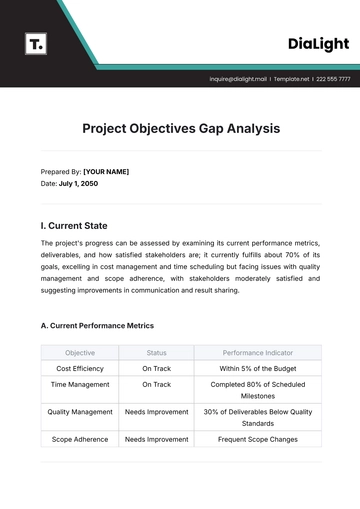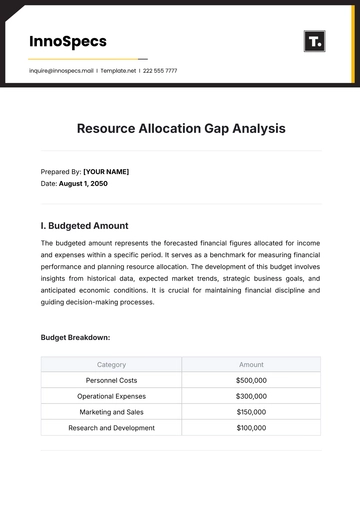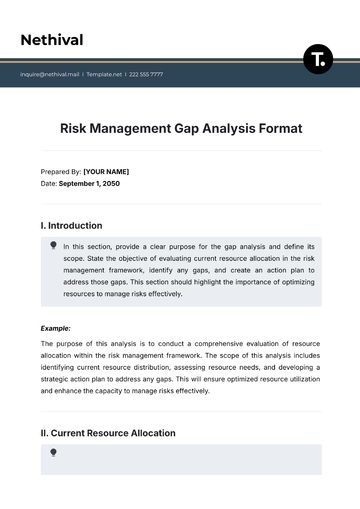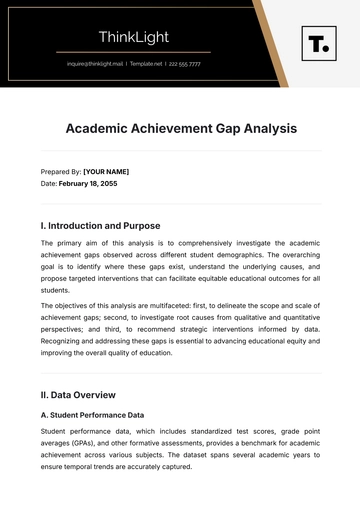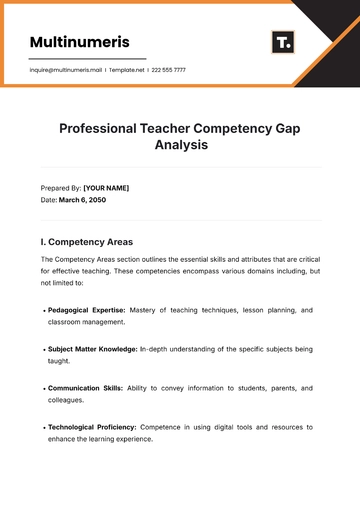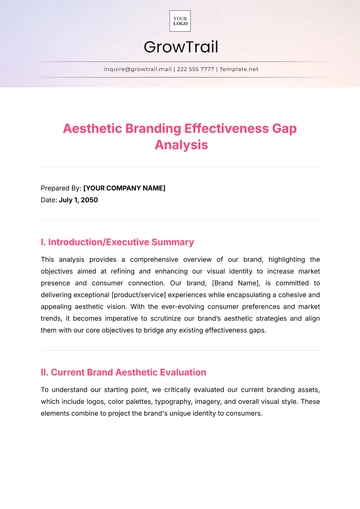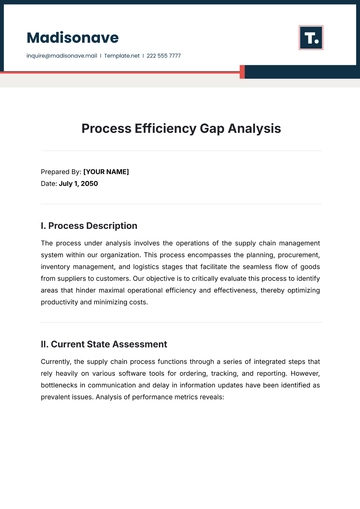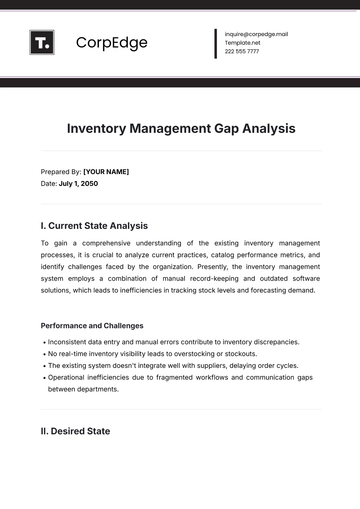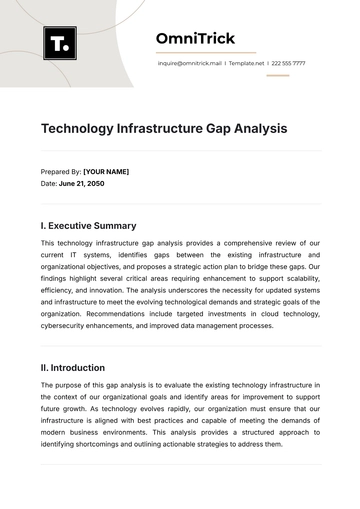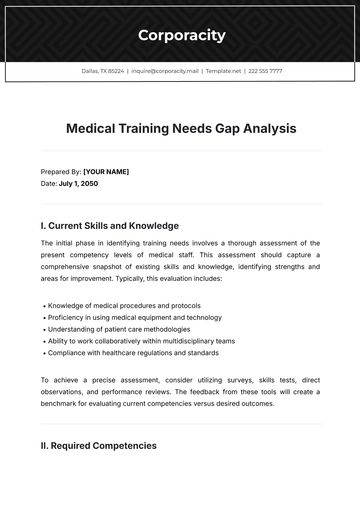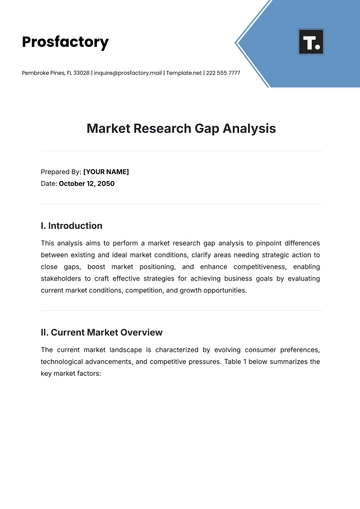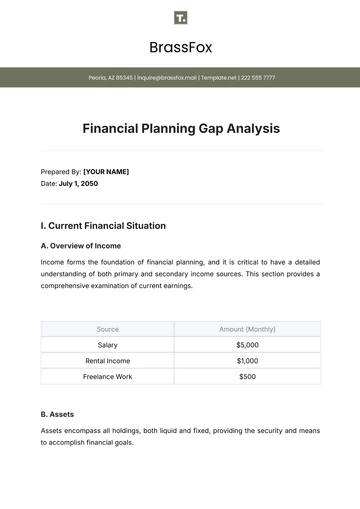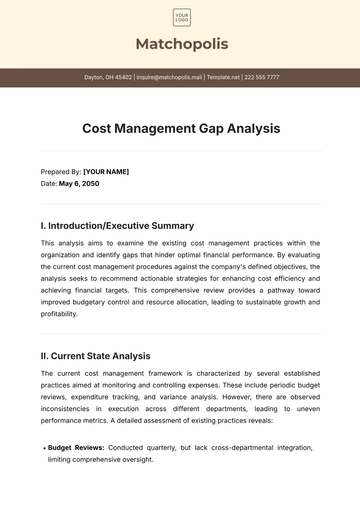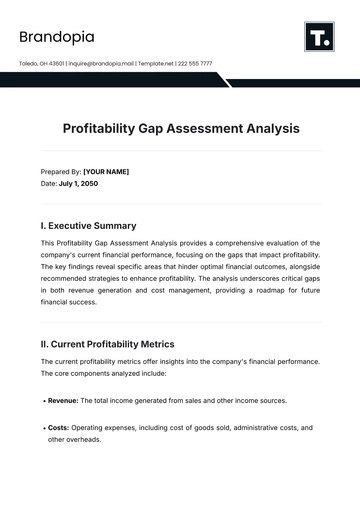Free Sales Feedback Impact Analysis
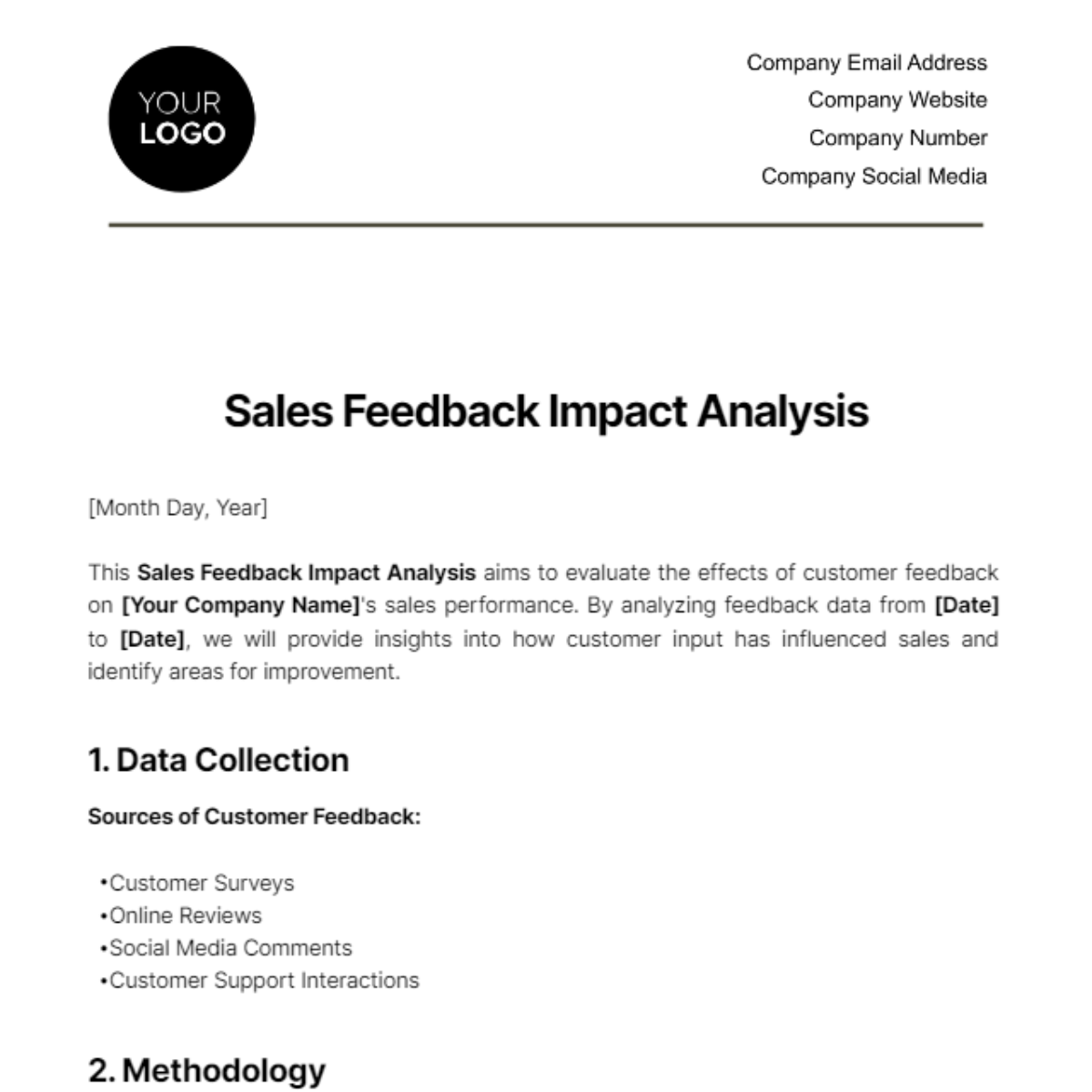
[Month Day, Year]
This Sales Feedback Impact Analysis aims to evaluate the effects of customer feedback on [Your Company Name]'s sales performance. By analyzing feedback data from [Date] to [Date], we will provide insights into how customer input has influenced sales and identify areas for improvement.
1. Data Collection
Sources of Customer Feedback:
Customer Surveys
Online Reviews
Social Media Comments
Customer Support Interactions
2. Methodology
We used a combination of manual and automated methods to collect and categorize customer feedback. This ensured accuracy and completeness of the data.
3. Customer Feedback Analysis
During the analysis period from [Date] to [Date], we received a total of [500] customer feedback entries from various sources, including customer surveys, online reviews, social media comments, and customer support interactions.
Positive Feedback Trends:
Product Quality: A significant portion of the positive feedback highlighted the exceptional quality of our products. Customers praised the durability, performance, and innovative features of our offerings.
Customer Service: Many customers expressed satisfaction with our customer service. They appreciated the responsiveness of our support team and the prompt resolution of their issues.
User-Friendly Design: Positive comments often commended the user-friendly design of our products and services. Users found them easy to use and navigate.
Timely Delivery: Customers frequently mentioned the punctual delivery of orders, which contributed to their positive experience.
Value for Money: A notable trend was customers recognizing the value for money they received when purchasing our products or services.
Negative Feedback Trends:
Product Defects: Negative feedback often pointed out specific product defects, including manufacturing flaws or issues with functionality. These defects led to customer dissatisfaction.
Shipping Delays: Several customers reported delays in product deliveries, which impacted their overall experience negatively.
Customer Service Challenges: Some customers expressed frustration with customer service interactions, citing issues with response times and problem resolution.
Product Compatibility: Negative feedback occasionally mentioned compatibility issues with other devices or software, affecting the usability of our products.
Lack of Features: Customers noted missing features or functionalities in our products or services, suggesting areas where improvements are needed.
By analyzing both positive and negative feedback trends, we aim to gain a comprehensive understanding of our customers' perceptions and identify opportunities for enhancement and growth.
4. Impact on Sales
Quantitative Analysis: Our quantitative analysis reveals a direct correlation between customer feedback and sales numbers. During the analysis period, we observed a significant increase in sales following the implementation of product improvements based on customer suggestions.
Qualitative Insights: Customers who provided positive feedback often expressed a deeper sense of trust and loyalty towards our brand. Their sentiments included feelings of satisfaction, confidence, and a willingness to recommend our products to others.
5. Key Findings
Customer Feedback Impact on Revenue: Our analysis revealed a strong correlation between customer feedback and revenue growth. When positive feedback was heeded and resulted in product improvements, we observed a corresponding increase in sales.
Customer Retention and Loyalty: Customer feedback has a profound influence on customer retention and loyalty. Customers who had their concerns addressed promptly and positively were more likely to remain loyal to our brand. The positive sentiment expressed in feedback, such as satisfaction and trust, contributed to higher customer retention rates.
Market Perception: Positive feedback contributes to a favorable brand image, positioning us as a reliable and customer-centric company. This positive perception can attract new customers who value quality and positive experiences.
6. Recommendations
To leverage customer feedback for business improvement, we propose the following specific actions:
Feedback Loop Integration: Establish a streamlined feedback loop within our organization to ensure that customer feedback is consistently collected, analyzed, and acted upon in a timely manner.
Product Enhancement: Prioritize addressing product defects and adding missing features based on customer feedback. Implement a product improvement roadmap that aligns with customer needs and expectations.
Customer Service Training: Invest in continuous training for our customer service team to enhance response times and problem resolution, ensuring a more positive customer experience.
Quality Control: Strengthen quality control processes to prevent recurring product defects and shipping delays, aligning with customer expectations for high-quality products and punctual deliveries.
Strategies for Enhancing Sales
To maximize the impact of customer feedback on our sales strategies, we recommend the following strategies:
Feedback-Driven Marketing: Incorporate positive customer testimonials and feedback in marketing materials to build trust and credibility with potential customers.
Product Recommendations: Utilize feedback data to create tailored product recommendations for customers, enhancing cross-selling and upselling opportunities.
Customer Loyalty Programs: Develop customer loyalty programs that reward loyal customers for their feedback and continued support, fostering long-term relationships.
Competitor Analysis: Monitor and analyze customer feedback about competitors to identify gaps in the market and areas where we can excel.
7. Summary of Analysis
Our analysis has highlighted the significant impact of customer feedback on our business. Positive feedback has been directly linked to revenue growth, enhanced customer retention, and a positive market perception of [Your Company Name]. On the other hand, negative feedback underscores the importance of timely issue resolution and quality control. By actively listening to our customers and implementing actionable improvements based on their feedback, we can foster loyalty, boost revenue, and maintain a favorable market position.
- 100% Customizable, free editor
- Access 1 Million+ Templates, photo’s & graphics
- Download or share as a template
- Click and replace photos, graphics, text, backgrounds
- Resize, crop, AI write & more
- Access advanced editor
Discover the power of our Sales Feedback Impact Analysis Template from Template.net. Easily editable in our AI Editor Tool, this customizable document enables you to expertly assess and measure your sales strategies' effectiveness. Dive deeper into your sales feedback data and drive your marketing goals forward. Elevate your business practices with our insightful, easy-to-use template designed for marketing professionals. Experience efficiency like never before.

